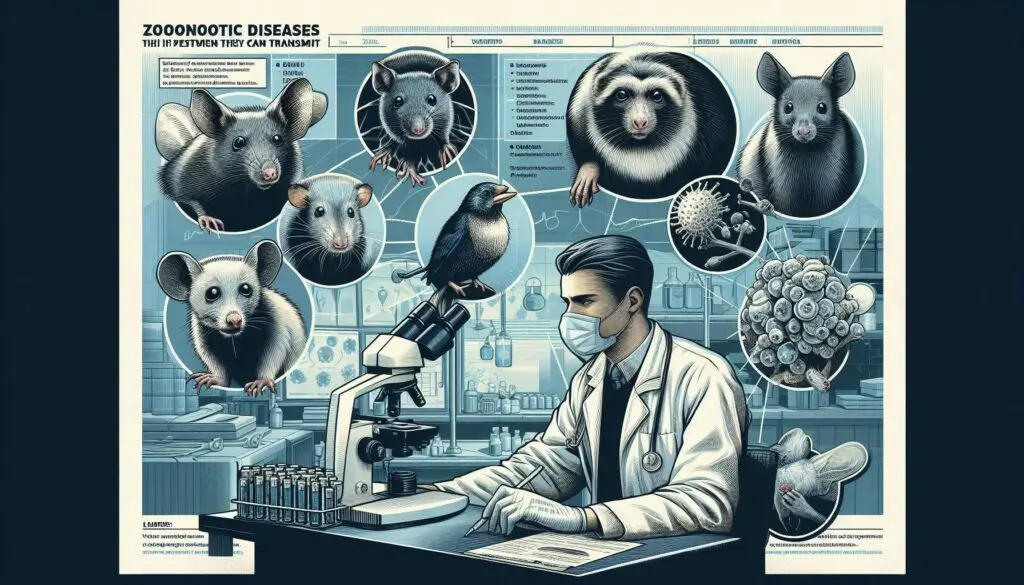Hygienic Methods of Handling Meat Production

Introduction
Meat production is a crucial part of the global food supply. However, it poses significant health risks if not handled properly. This article explores hygienic methods for meat handling, the spoilage of meat, and effective control measures to ensure safety and quality.
The Importance of Meat Hygiene
Maintaining hygiene in meat production is vital for public health. Contaminated meat can lead to foodborne illnesses, which affect millions worldwide. By implementing proper handling techniques, we can significantly reduce these risks.
Personal Hygiene in Meat Handling
- Handwashing: Always wash hands with soap and water for at least 20 seconds before and after handling meat. This simple act prevents the transfer of harmful bacteria.
- Protective Gear: Use gloves, aprons, and hairnets. These items protect both the meat and the handler from contamination.
- Health Monitoring: Workers should report any illness, especially gastrointestinal issues. Sick employees should avoid handling meat to prevent spreading pathogens.
Facility Hygiene
- Clean Surfaces: Ensure all surfaces are smooth and easily washable. Regularly clean and disinfect all areas where meat is processed.
- Pest Control: Implement measures to keep pests away. Rodents and insects can carry diseases that contaminate meat.
- Temperature Control: Maintain proper refrigeration (below 40°F/4°C) during storage. This slows down bacterial growth and keeps meat fresh.
Proper Meat Handling Practices
Safe Meat Preparation
- Separate Raw and Cooked: Always keep raw meat separate from cooked products. Use different cutting boards and utensils to avoid cross-contamination.
- Temperature Monitoring: Use a food thermometer to ensure meat reaches safe cooking temperatures. For instance, ground meats should reach 160°F (71°C), while poultry should reach 165°F (74°C).
- Avoid Temperature Abuse: Do not leave meat at room temperature for extended periods. Bacteria can multiply rapidly in the danger zone (40°F to 140°F).
Meat Storage Techniques
- Use Airtight Containers: Store meat in airtight containers to prevent exposure to air and moisture, which can lead to spoilage.
- Labeling: Always label meat with the date of purchase or processing. This helps in tracking freshness and ensures that older products are used first.
- Regular Inspections: Check stored meat regularly for signs of spoilage, such as discoloration or off-odors.
Understanding Meat Spoilage
Causes of Meat Spoilage
- Microbial Growth: Bacteria, molds, and yeasts can cause spoilage. They thrive in warm, moist environments and can multiply quickly if meat is not stored properly.
- Chemical Changes: Oxidation can lead to rancidity and off-flavors. This often occurs when meat is exposed to air.
- Physical Damage: Cuts and bruises can lead to moisture loss and spoilage. Handle meat gently to avoid damaging it.
Signs of Spoilage
- Color Changes: Fresh meat has a bright red color. If it turns brown or gray, it may be spoiling.
- Unpleasant Odors: A sour or off smell indicates spoilage. Trust your nose; if it smells bad, it likely is.
- Slimy Texture: If meat feels sticky or slimy, it is a sign of bacterial growth.
Control Measures for Meat Safety
Implementing HACCP
The Hazard Analysis Critical Control Point (HACCP) system is a proactive approach to food safety. It identifies potential hazards and establishes control measures to prevent them.
- Conduct Hazard Analysis: Identify biological, chemical, and physical hazards in the meat production process.
- Establish Critical Control Points: Determine points in the process where hazards can be controlled or eliminated, such as cooking and cooling steps.
- Monitor Control Measures: Regularly check that critical control points are functioning correctly. This may include temperature checks and visual inspections.
Training and Education
Educating employees about safe meat handling practices is essential. Regular training sessions can reinforce the importance of hygiene and safety measures.
- Workshops: Conduct workshops on food safety and hygiene practices. Engage staff with hands-on training.
- Printed Materials: Provide easy-to-read guides on safe meat handling. Visual aids can help reinforce training.
- Regular Updates: Keep staff informed about new safety regulations and best practices. This ensures that everyone stays up-to-date.
Regular Inspections and Testing
Conduct routine inspections of facilities and products to ensure compliance with safety standards. Testing for pathogens can provide an additional layer of safety.
- Internal Audits: Perform regular audits of meat handling practices. Identify areas for improvement and implement changes.
- Microbial Testing: Test meat samples for harmful bacteria like Salmonella and E. coli. Early detection can prevent outbreaks.
- Compliance Checks: Ensure that all safety regulations are being followed. This includes checking that equipment is functioning correctly.
Conclusion
Hygienic methods of handling meat production are crucial for ensuring food safety and quality. By implementing proper hygiene practices, understanding spoilage, and establishing control measures, we can protect public health. Remember, safe meat handling is everyone’s responsibility.
For more pearls of Vets Wisdom:
https://wiseias.com/partitioning-of-food-energy-within-animals/






Responses